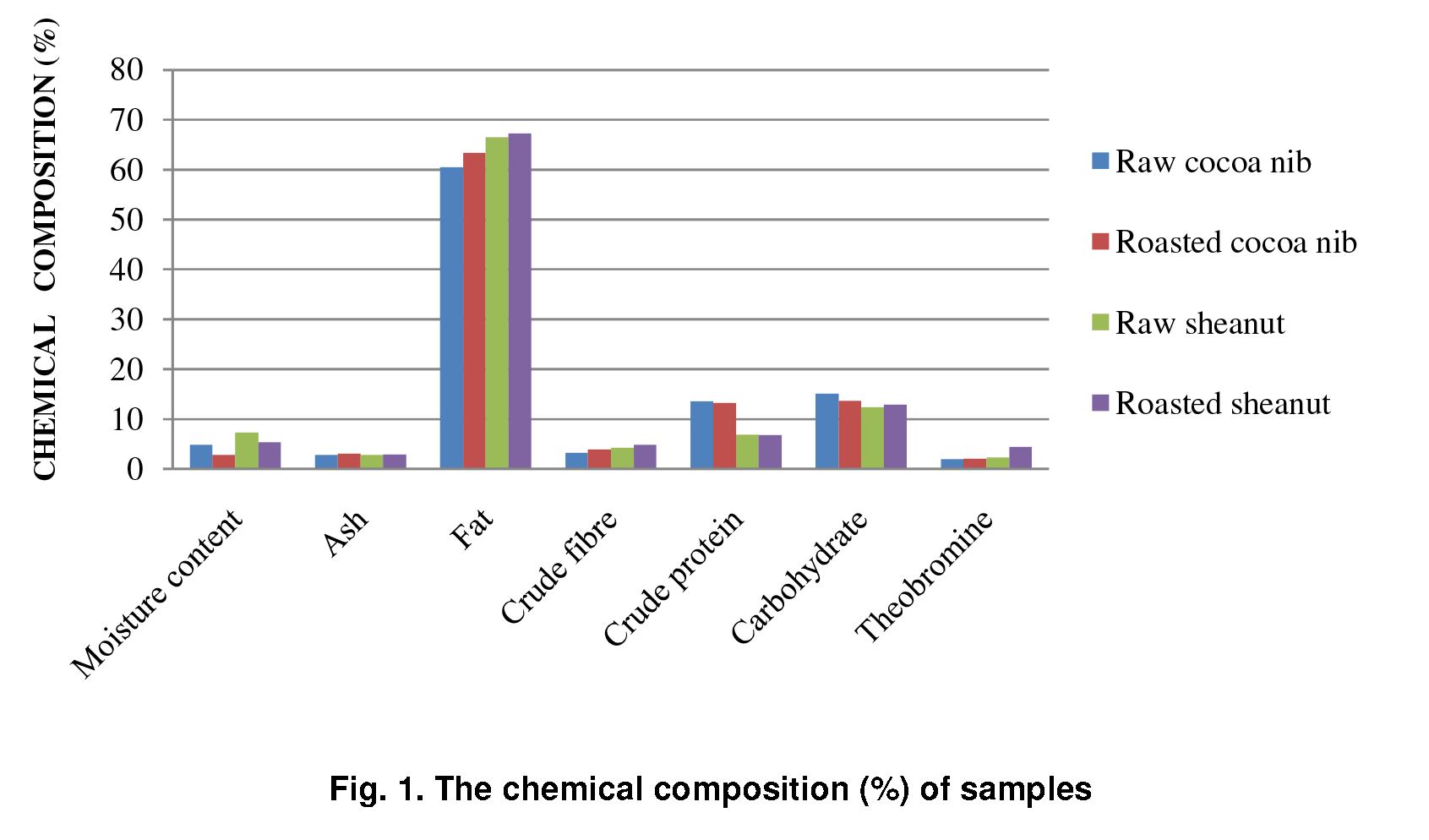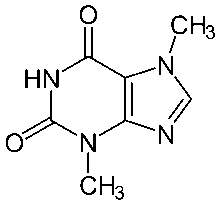Categories
Categories
Shea Contains More Theobromine Than Cocoa (Chocolate)
Posted by on
I have previously recommended Shea Butter to my friends and customers as an excellent substitute for lotions and moisturizers on the skin. I myself was using Shea Butter to moisturize my legs instead of my regular dose of coconut oil. Recently, a customer began to question the use of Shea Butter, and contacted me.
I am glad she did. I found that Shea nuts contained more theobromine than cocoa nuts. In fact, in many instances shea is used as a substitute for cocoa powder. Here is the reference to the British Journal here.[1] Below is the figure from the same journal.

As you can see by Fig. 1, Sheanut contains more theobromine than cocoa nibs. What does theobromine do? Theobromine is considered to be an anti-nutrient. As many people know, if you feed chocolate to cats or dogs, the chocolate acts as a poison and will kill the dog or cat. It is the theobromine in the chocolate the kills the cat or the dog. Shea butter, if the theobromine is not taken out, would also kill the dog or the cat.
Theobromine is a heart stimulant, vasodilator (vessel widener), and diuretic (urine stimulant). It is in the same family of chemicals as theophylline and caffeine. It is metabolized by the liver into theobromine, theophylline, and paraxanthine.
During the last 6 months, I experienced unexplained constipation, lousy sleep, frequent urination at night, occasional headaches behind the eyes and nagging unexplained tiredness during the day. I would put on Shea Butter on my legs at night just before bed. Just like caffeine, theobromine found in Shea causes sleeplessness, anxiety, tremors, restlessness, increased production of urine. Under higher doses, loss of appetite, nausea, vomiting, and withdrawl headaches. Elderly that consume too much theobromine can experience theobromine poisoning.
I stopped the raw Shea Butter on my legs, and guess what? My sleep and frequent urination at night improved dramatically. What happens is that theobromine is a stimulant. Theobromine is like speed. You feel up. Then, you feel down. This explains my nagging tiredness during the day. You can read about it here.
Now for the main question, is theobromine a endocrine disruptor?
As you know, many ring shaped compounds are estrogen mimics or xenoestrogens. Even phenol fits into the estrogen receptor. So, I have a high suspicion for estrogen mimicry in ring shaped compounds. One study found an association between theobromine and prostate cancer. [2] As you recall, the prostate is embryologically the same as the uterus. We all know that uterine cancer or endometrial cancer is caused by estrogen. So, logically prostate cancer is also caused by estrogen. Formby, PhD showed that adding estrogen to prostate cancer cells in vitro caused them to grow and proliferate. Thus, if theobromine caused more prostate cancer, it would be likely that theobromine is a xenoestrogen.
Another study showed that theobromine was associated with penis birth defects, hypospadius in infants and testicular cancer in a population study.[3] Anything that messes with penis formation in the baby should be viewed with suspicion when it comes to hormones.
Well, no more raw Shea Butter for me. My sleep is better. No more dehydration at night. And my tiredness during the day is getting better. My constipation is gone! I am so glad my customer spoke up about Shea Butter.

Fig. 2 Theobromine is a stimulant and a ring shaped compound. Any ring shaped compound tends to fit into the estrogen receptor.
Notes
1. Anietie Olayemi Victoria and O. O. Ajayi British Journal of Applied Science & Technology 5(2): 210-216, 2015, Article no.BJAST.2015.020
2. Slattery,
Martha L.; West, Dee W. (1993). "Smoking, alcohol, coffee, tea,
caffeine, and theobromine: risk of prostate cancer in Utah (United
States)". Cancer Causes Control. 4 (6): 559–63. doi:10.1007/BF00052432. PMID 8280834. Compared
with men with very low levels of theobromine intake, older men
consuming 11 to 20 and over 20 mg of theobromine per day were at
increased risk of prostate cancer (odds ratio-[OR] for all tumors =
2.06, 95 percent confidence interval [CI] = 1.33-3.20, and OR = 1.47, CI
= 0.99-2.19, respectively; OR for aggressive tumors -- 1.90, CI =
0.90-3.97, and OR -- 1.74, CI -- 0.91-3.32, respectively)
3. Giannandrea F (February 2009). "Correlation analysis of cocoa consumption data with worldwide incidence rates of testicular cancer and hypospadias". Int J Environ Res Public Health. 6 (2): 568–78. doi:10.3390/ijerph6020578. PMC 2672359![]() . PMID 19440400.
. PMID 19440400.
 Loading... Please wait...
Loading... Please wait...